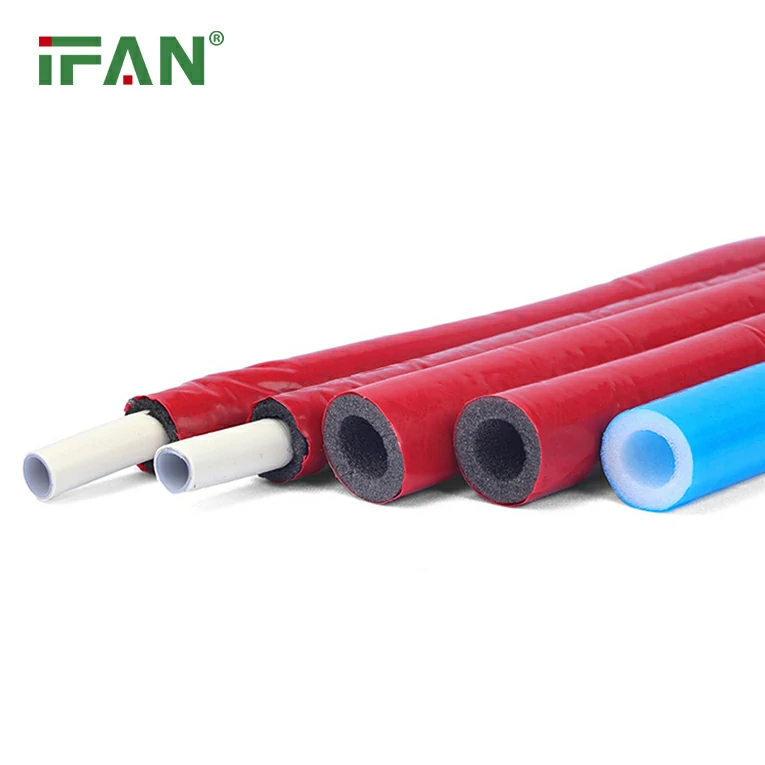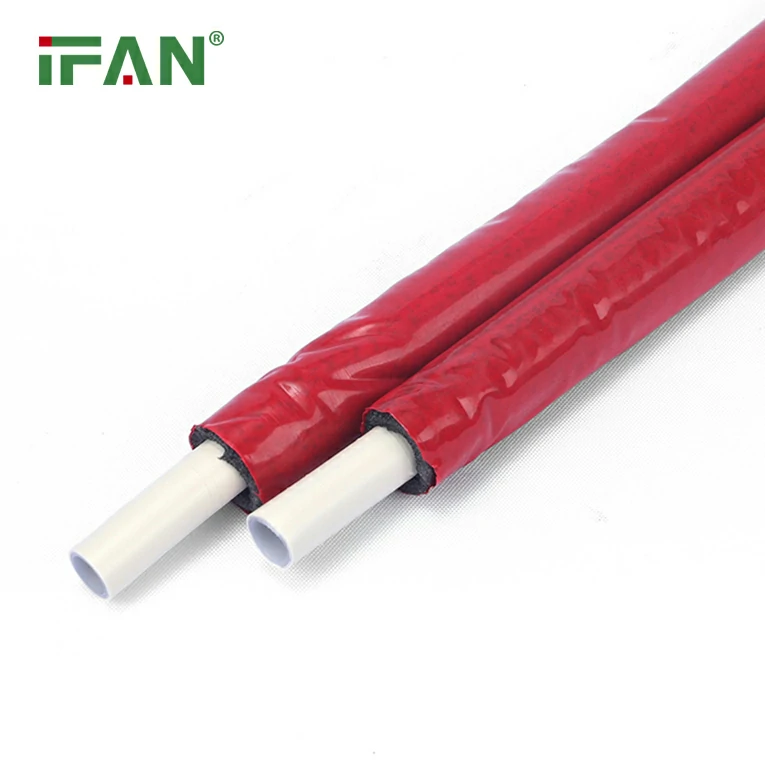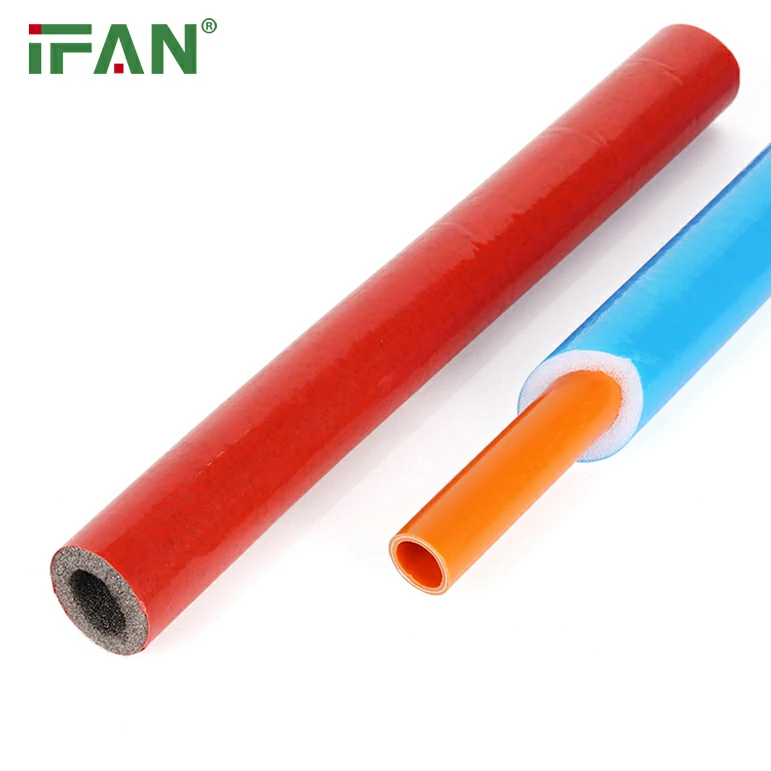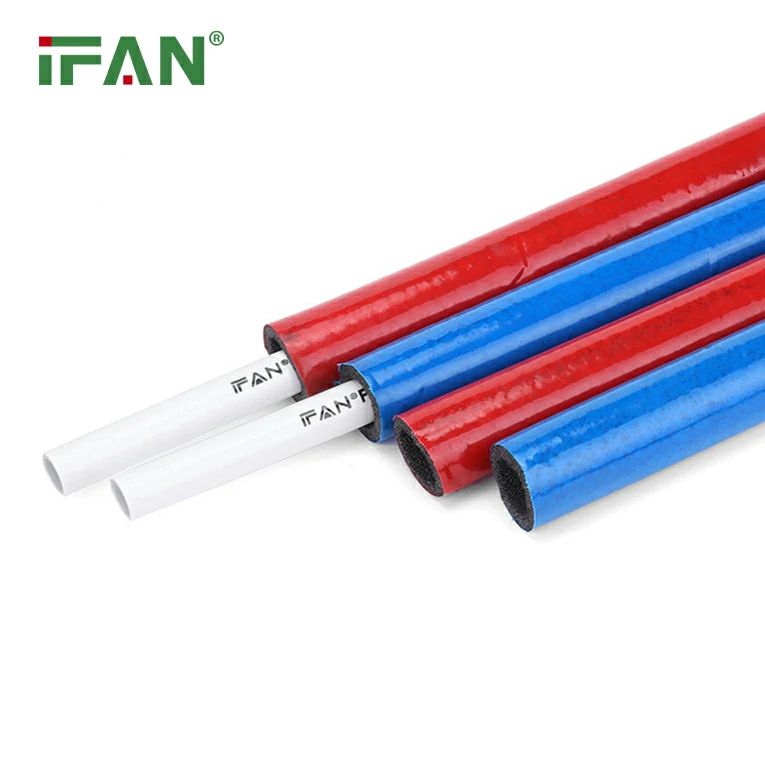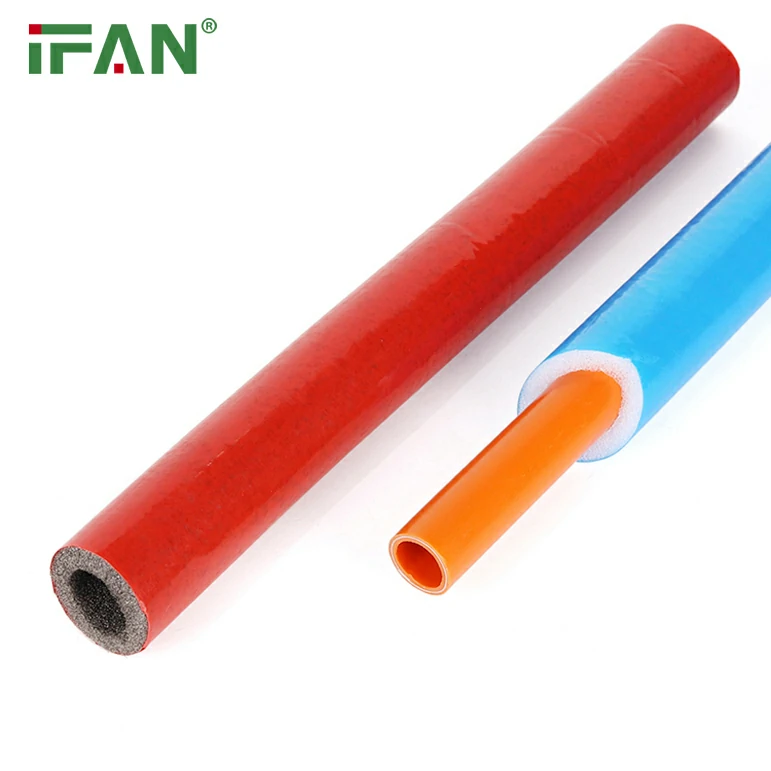A brass compression fitting is a type of plumbing component that is used to connect two pipes or tubes together. It consists of three parts: a compression nut, a compression ring (also known as a ferrule), and a compression body. The compression nut is threaded onto the end of the pipe, and the compression ring is placed over the pipe before the compression body is screwed onto the other end of the fitting.
As the compression nut is tightened, it compresses the ring onto the pipe, creating a tight seal between the pipe and the fitting. This makes brass compression fittings an ideal choice for use in high-pressure applications, such as those found in hydraulic systems or water supply lines.
Brass is a popular material choice for compression fittings because of its strength, durability, and resistance to corrosion. It is also easily machinable, which allows for intricate designs and precise dimensions.
There are many different types of brass compression fittings available, including straight connectors, elbow connectors, tee connectors, and more. They come in a variety of sizes and configurations, making it easy to find the right fitting for any application.
Overall, brass compression fittings are a reliable and effective solution for joining two pipes or tubes together in a wide range of industrial and residential settings.
How to install brass compression fittings?
- Cut the pipe to the desired length using a pipe cutter.
- File any rough edges or burrs on the cut pipe.
- Slide the compression nut onto the pipe, followed by the compression ring (also known as a ferrule).
- Insert the pipe into the fitting until it reaches the bottom.
- Tighten the compression nut by hand, then use a wrench to tighten it an additional 1/4 to 1/2 turn.
- Check for leaks by turning on the water supply.
When should you use a brass compression fitting?
A brass compression fitting should be used when you need to create a secure, leak-proof connection between two pipes or tubing. It is commonly used in plumbing and heating systems, as well as in industrial applications such as air conditioning and refrigeration.
Brass compression fittings work by compressing an elastomeric ring or ferrule onto the pipe or tubing, creating a seal that prevents fluid or gas from leaking out. They are easy to install, requiring only basic hand tools, and can be disassembled and reassembled if needed.
Brass compression fittings are suitable for use with a wide range of materials, including copper, plastic, and stainless steel. However, they should not be used with soft metals such as aluminum or lead, as the compression force can damage the material.

